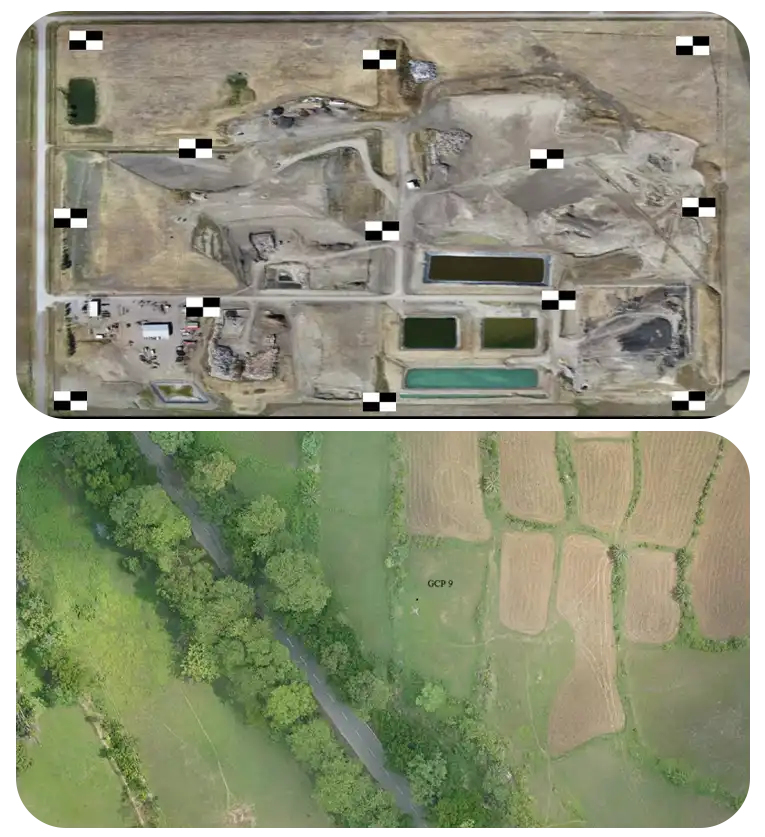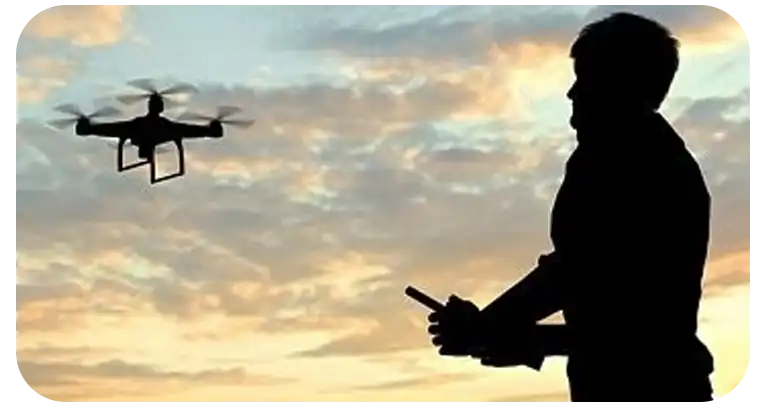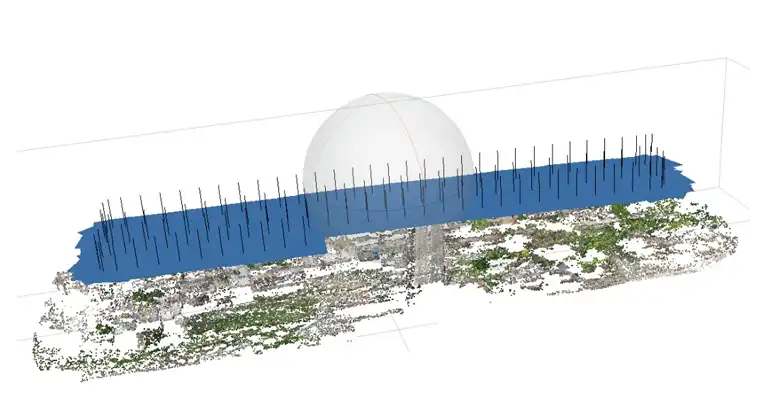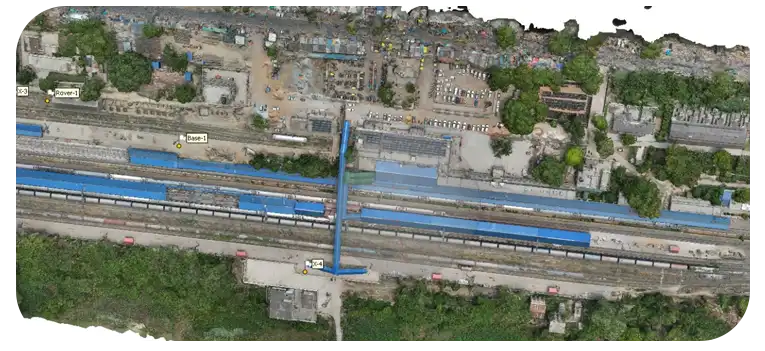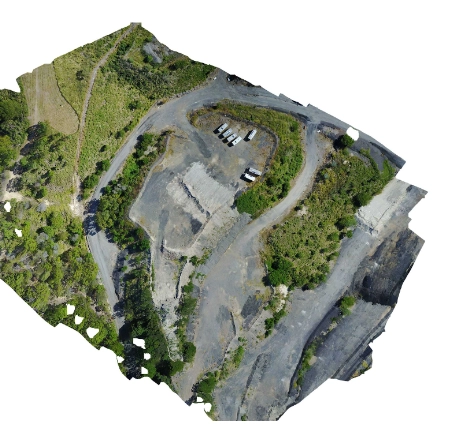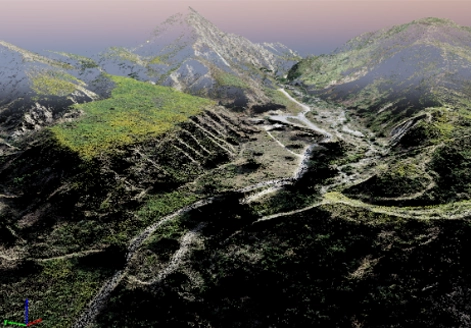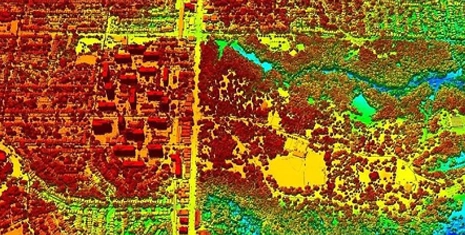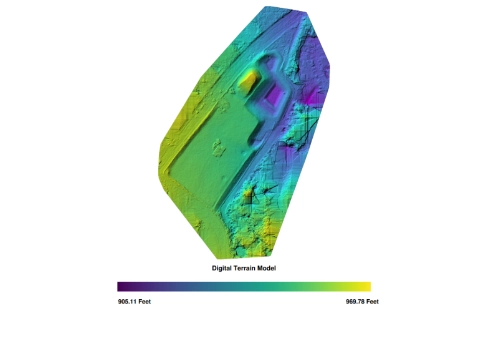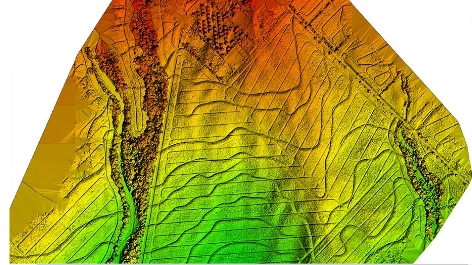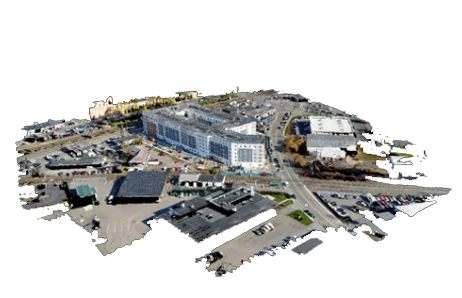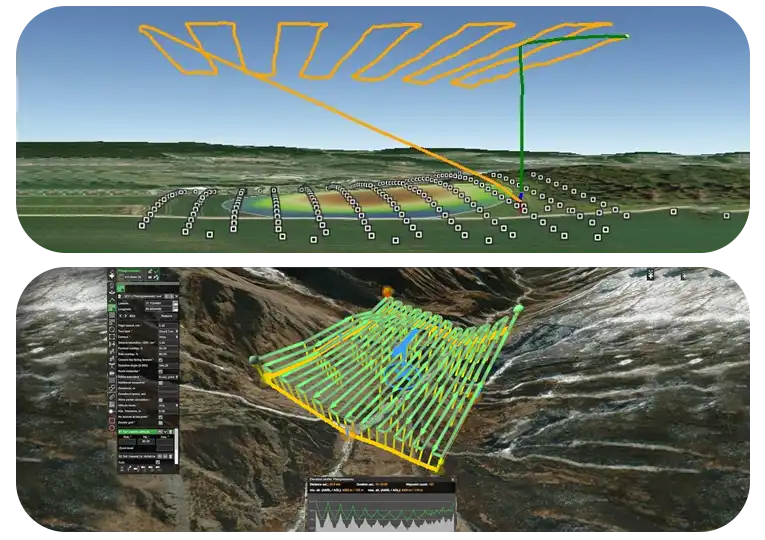
Data Acquisition
Planning and Preparation
- Define project objectives and requirements.
- Identify survey area and assess potential obstacles.
- Determine optimal flight path and altitude.
- Ensure 80% image overlap for accurate orthophoto creation.
- Check weather conditions and obtain necessary permits.
Equipment Setup
- Ensure drone and camera are in good working condition.
- Calibrate drone sensors and cameras.
- Install and configure additional hardware (e.g., GPS).
Camera Model Optimization
Camera calibration calculates camera specifications using photos of a 3D object with a geometrical pattern (e.g., checkerboard). Calibration types include Full, Field, Self, and Auto.
- Full calibration sets up a specific camera calibration project.
- Field calibration optimizes the camera during normal project processing.
- Self-calibration adjusts camera parameters for each photo individually.
- Auto calibration integrates with Smart Orientation for field calibration.
